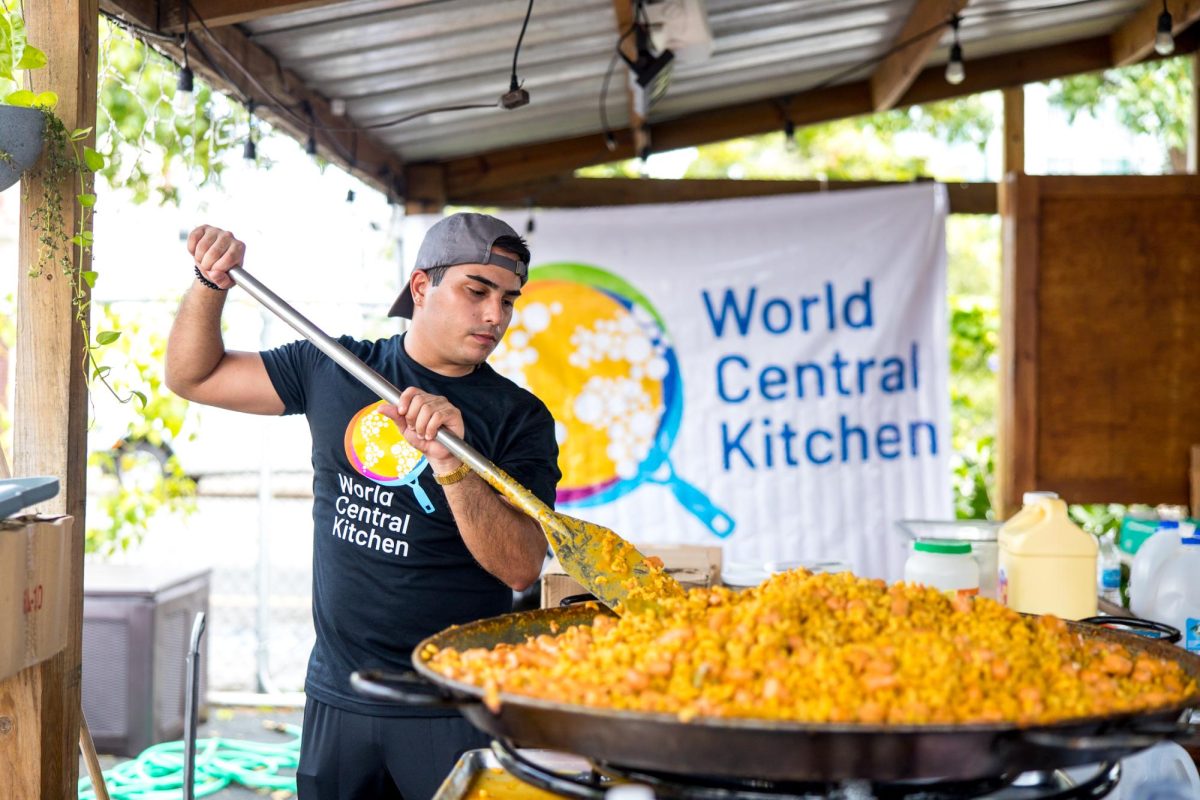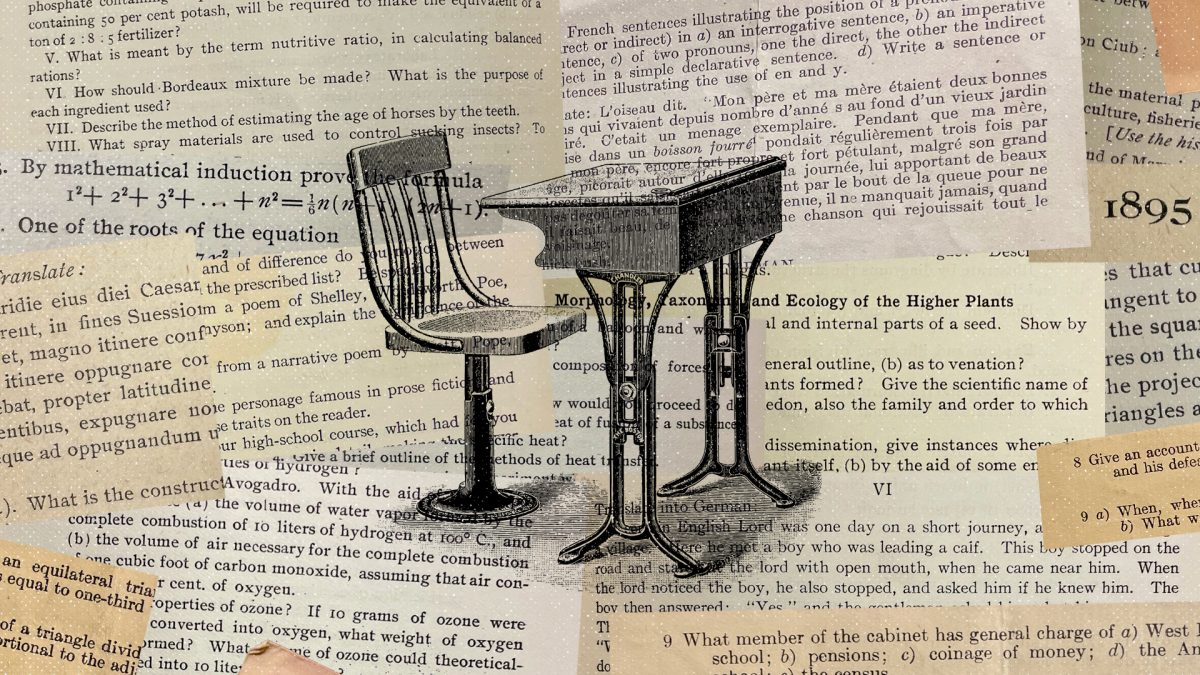During the 1960s and 70s, scientists developed methods of creating recombinant DNA, units of genetic information formed from the genes of multiple organisms. When incorporated into a lifeform’s genome, it could dictate the production of new macromolecules and the development of new traits. In 1978, the biotech startup company Genentech became the first to produce a key pharmaceutical chemical using this technology by injecting the gene that encodes for human insulin into bacteria. Spurred by the devastation of an approaching epidemic, it would soon launch another project to synthesize a new chemical.
In the early 1980s, doctors in the United States began noticing an increase in the number of rare diseases and infections, such as Kaposi’s sarcoma (a rare type of cancer) and Pneumocystis pneumonia (a type of lung infection caused by a fungus), among gay men in New York City and San Francisco. Typically seen in individuals with severely compromised immune systems, these cases appeared suddenly in previous healthy individuals, who now experienced immunological collapse. As these symptoms began manifesting in individuals undergoing treatment for Hemophilia, investigators realized they were seeing the beginning of a new epidemic.
The disease patterns soon betrayed a bloodborne vector that spread through both sexual encounters and blood transfers across the U.S. In response, the CDC began organizing public health campaigns and prevention programs. But while most individuals could combat the disease through safe sexual practices, patients that required chemicals purified from blood donation faced the prospect of infection with each new treatment. Seeing this growing issue, Genentech and other biotechnology labs began working on methods of artificially synthesizing these chemicals using recombinant DNA. The race was on and countless lives were at stake.

























